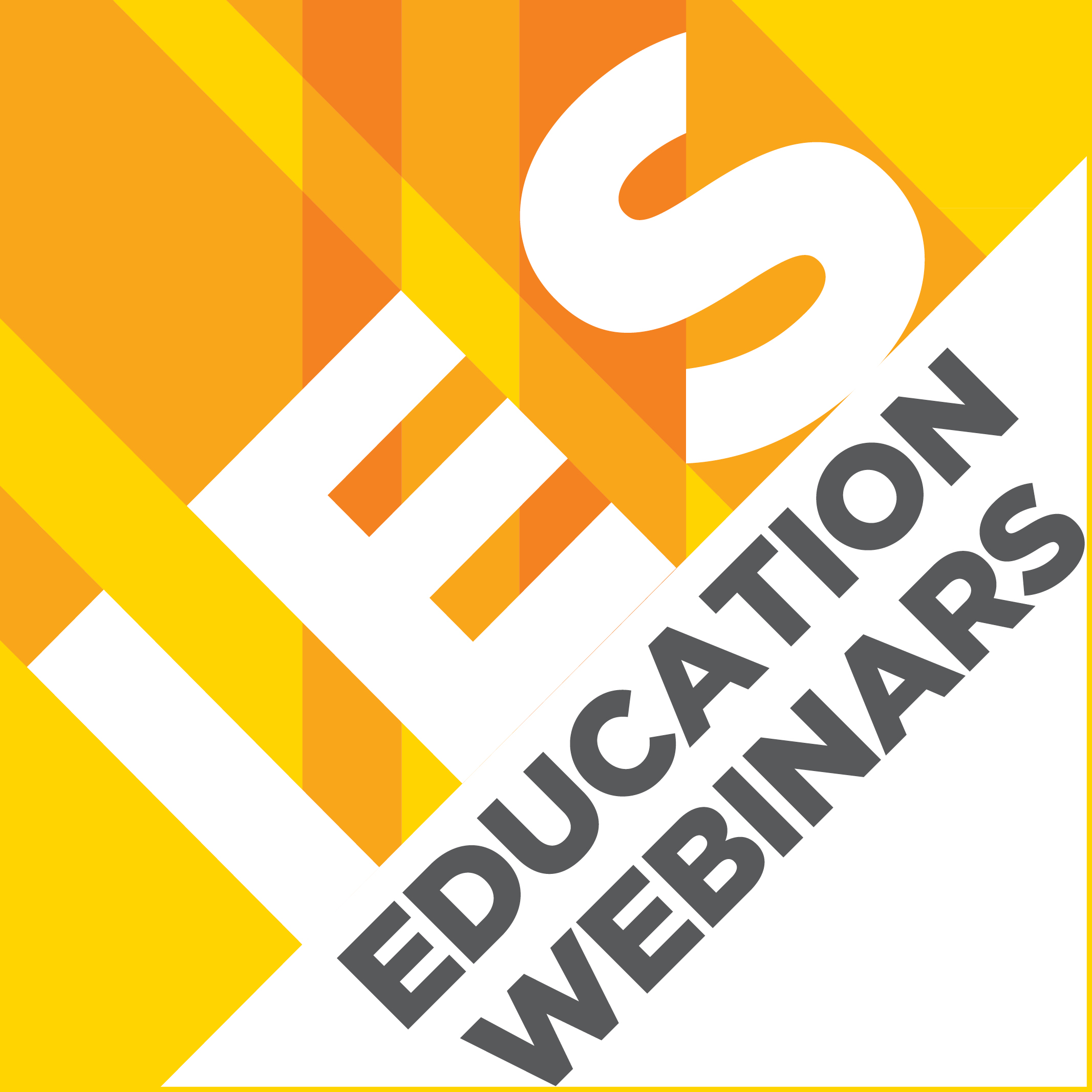
TM-30, In 2018 and Beyond: Guidance for Improving Color Quality
-
Register
- Non-member - $40
- Member - $15

About this Course
The IES offers a series of webinars that provide supplemental education to coincide with a recently revised or new IES Standard (Recommended Practice - RP, Technical Memorandum - TM, etc.). You can review this standard in the IES Webstore.
Description: This presentation will cover updates to TM-30, and how ongoing research is providing knowledge that allows for improved color quality. It will discuss where TM-30 stands within the North American and international lighting communities and demonstrate new features that may be added over time (feedback welcome!). In general, the emphasis will be on translating science into practice, with a focus on specification and highlights of new products being designed using TM-30.
Learning Objectives:
By the end of this course learners will be able to...
1. Describe the history and evolution of color rendition measures.
2. Understand the information within TM-30, including the calculation framework.
3. Review key elements of TM-30 including Average Color Fidelity and Fidelity Index (Rf), Gamut Area and Gamut Index (Rg).
4. Read Vector Graphics to determine color characteristics of a light source.
Key:
Michael P. Royer
Engineer
PNNL
Dr. Michael Royer is a chief engineer at the Pacific Northwest National Laboratory (PNNL), where he leads the lighting research sponsored by the U.S. Department of Energy. He conducts experiments to help refine metrics and specification guidance, with the ultimate goals of advancing lighting quality to improve building occupants’ satisfaction and wellbeing while increasing the use of energy efficient lighting technologies. Michael is a Fellow of the Illuminating Engineering Society (IES) and serves on the IES Vision Science committee and the IES Color committee. Prior to joining PNNL, Michael earned a Ph.D. in Architectural Engineering from Penn State University. He has authored over 80 peer-reviewed journal articles and government reports.